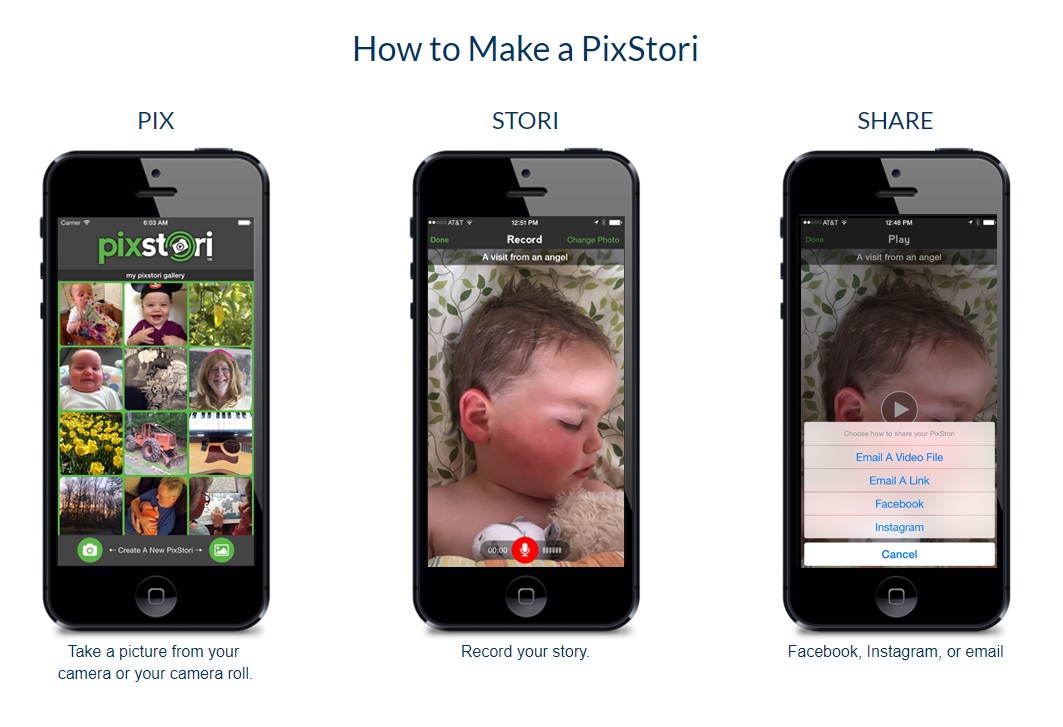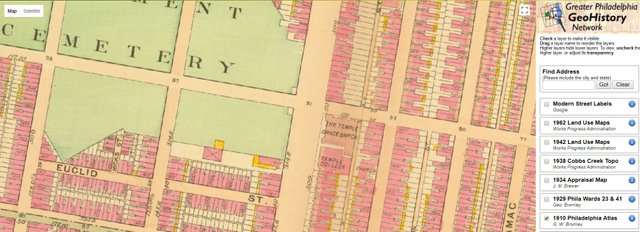Collecting Oral Histories of 1918 in 2018
This post is part of the Philadelphia History Initiative (@phillyhistory), in which we are blogging about 1918 in order to raise capital to invest in the cultural sector of Philadelphia in some capacity. Check out other posts in this series under the #explore1918 tag.
As I look over the content that my classmates and I have created (and curated) about the events and people of 1918, I was struck by the fact that we were limited in the kinds of media we could use. I have relied heavily on newspapers and stock images to tell stories, which gets a little old after a while. I looked around at what other Steemians are doing and saw a lot of original photography, animation, and vlogging. How could the #explore1918 folks incorporate some of these forms of content into our repertoire?
Enter PixStori
I remembered hearing about an app called PixStori which was developed by historians. It is a very simple interface that allows the user to take a photo and then record audio. I have seen it used in several crowd-sourced oral history projects because it removes the interviewer from the equation and can connect stories to the relevant places and sites quickly.

Screenshot of Pixstori Instructions from PixStori.com
I saw @jfeagan's post which asked her friends what they knew about 1918 and I thought PixStori could be an interesting way to crowd-source the conversation. I started to think about how PixStori is a little bit like vlogging but without having to be self-conscious because no-one can see my face. It's also like a very brief podcast in a way (here's looking at @hourofhistory) but with a visual component too.
PixStori and 1918
But how would we use PixStori to talk about 1918? While we have used sources such as text and image (and in @PhillyHistory's post, video), we haven't very often used the stuff that has survived from 1918. And that stuff is all around us here in Philadelphia in the form of buildings.
We often like to think about "historic" buildings as being much older than a century, but that skips over significant chunks of time!
What if people all around this city (and even the world!) recorded short stories about the oldish buildings in their lives and what they meant to them in the present? What buildings do you care about? What do you know (or not know) about the history of those structures?

Here's a screenshot of PhilaGeoHistory.org, one way to identify buildings which were standing a century ago, showing the Temple University Campus in 1910.
The Problem
The only problem is that PixStori is designed to post to Facebook, Twitter, or Instagram as a video file and I haven't seen any instructions for how to embed video from those sources into Steemit posts. I know YouTube and D-Tube can be embedded, but those lack the single-purpose efficiency of PixStori. Any ideas about how to make it work? Do I just carry out the idea on YouTube?
100% of the SBD rewards from this #explore1918 post will support the Philadelphia History Initiative @phillyhistory. This crypto-experiment conducted by graduate courses at Temple University's Center for Public History and MLA Program, is exploring history and empowering education. Click here to learn more.
Not sure if this is what you are talking about, but here goes: If I were to research the address where my great-grandparents lived in 1918 - somewhere on Willows Street in SW Philadelphia - and digitally "visit" the same house on Google Street View, I could record and share stories passed down to me? Imagine how this, if done 100 or 1000 times, could invigorate our collective understanding of place.